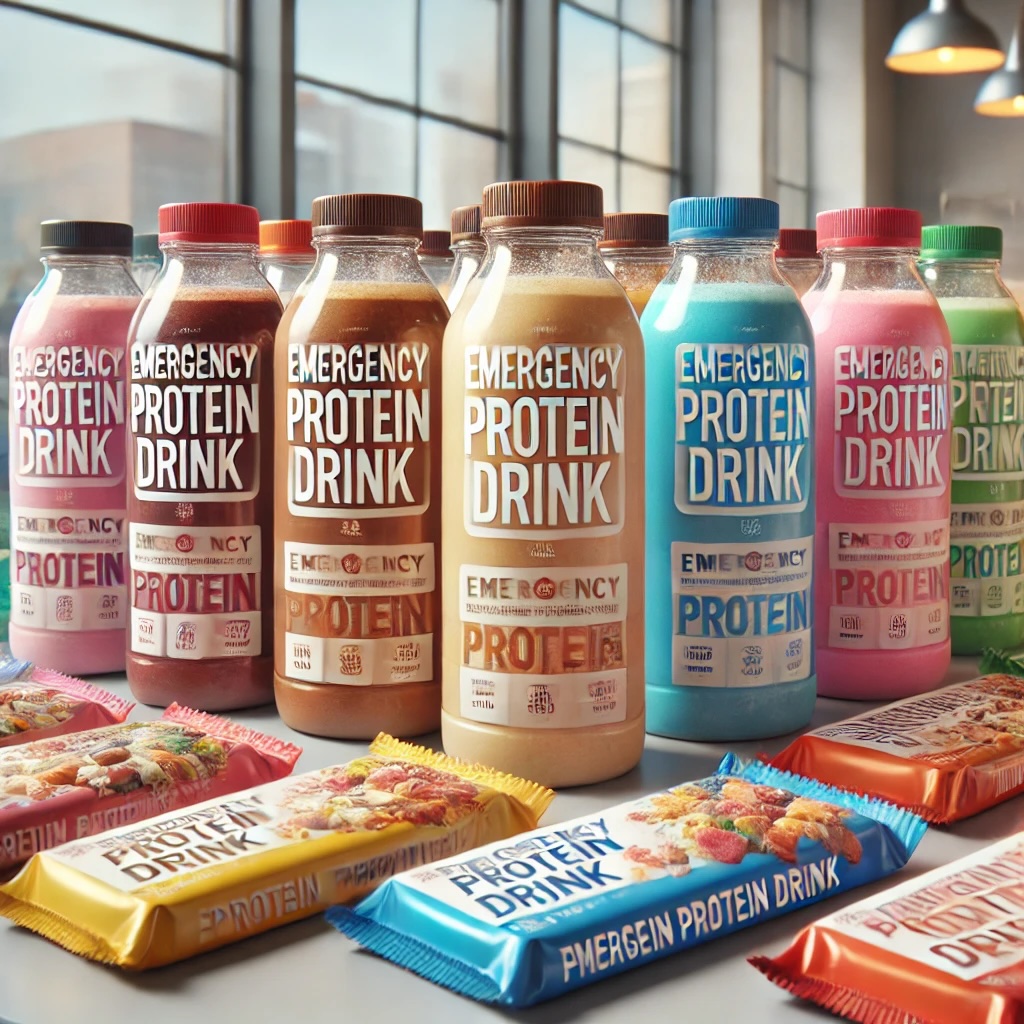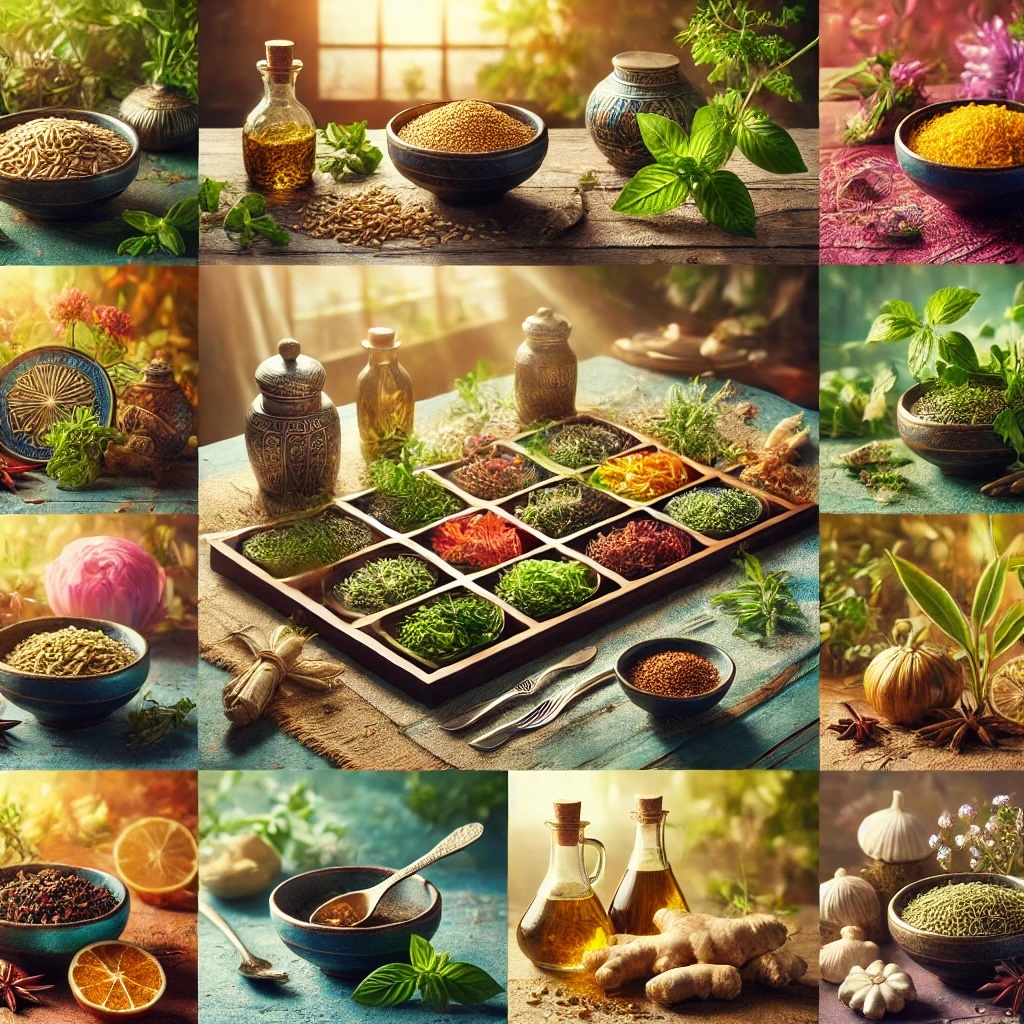Endurance, Pain, and the Revelation Within
Are you fueling your body for peak performance, or unknowingly sabotaging your efforts? In my latest article I dive into the hard-earned lessons from my Ironman journey that revealed surprising truths about popular ‘efficiency foods’ like protein shakes and nutrition bars. This story isn’t just for athletes—it’s for anyone who relies on these quick-fix foods and wants to truly understand their impact on health. Click below to read the full article and discover how you can make smarter choices for a stronger, healthier you.

November 7, 2020 – Panama City, FL
The morning air was crisp as the sun began to creep over the horizon, casting a golden glow on the water’s surface. It was 2020, a year that had already thrown more curveballs than anyone could count. But there I was, standing at the edge of the water, ready to take on my first Ironman. The preparation had been grueling—early mornings, late nights, and a relentless focus on every detail of my training. I’d pushed my body to its limits and felt ready for the challenge.
The swim started smoothly, a rhythmic dance of breath and stroke as I cut through the water. The 2.4 miles flew by, and as I emerged from the lake, the adrenaline coursing through my veins masked any hint of fatigue. Next was the bike, 112 miles of mental and physical endurance. I settled into the ride, finding my pace, my rhythm, the miles ticking away beneath my tires.
But then, somewhere around mile 80, something shifted. A sharp pain jabbed at my gut, an unwelcome intruder in my carefully planned race. I ignored it at first, chalking it up to the usual discomfort of a long ride. But by the time I transitioned to the run, the pain had morphed into a relentless beast, gnawing at my insides with every step.
The first few miles of the marathon were agony. My stomach rebelled against any attempt to take in nutrition, leaving me weak and desperate. The course was eerily quiet, the absence of spectators making the journey feel even lonelier. With each passing mile, I felt my energy draining, my resolve crumbling.
But then, in the midst of my despair, I encountered a stranger—an angel in running shoes. We exchanged few words, but she shared with me a simple phrase: “I am really strong right now.” It was as if she had handed me a lifeline. I repeated it under my breath, over and over, as if the words themselves could carry me through the pain. Step by agonizing step, I clung to that mantra, pushing forward when every fiber of my being screamed to stop.
The finish line was a blur of exhaustion and emotion. I had completed the race, but the day was memorable for more than the finish – the pain had overshadowed the triumph, leaving me questioning everything I thought I knew about my body and my training.
Fast forward to December 2022. The setting was different, but the stakes felt just as high. I was ready to redeem myself at a half Ironman, determined to conquer the demons that had haunted me two years prior. The swim went well, and despite some cramping on the bike, I felt optimistic as I transitioned to the run. But as soon as my feet hit the pavement, the familiar pain returned, stabbing through my gut with a vengeance.
This time, the frustration boiled over. I was doing everything right—or so I thought. My diet, my training, my meticulous planning—it was all supposed to ensure success. But here I was again, in excruciating pain, struggling to put one foot in front of the other. I prayed, not with the calm surrender of faith, but with the fury of someone who had given their all and was being met with defeat.
Why was this happening? What was wrong with my body? The questions swirled in my mind as I battled through the race, anger and despair mixing with the physical agony.
I got an answer one answer on that racecourse. It wasn’t the whole answer, but it was two key pieces of information that would help me through the rest of the day. It wasn’t until months later, when the pain had subsided but the questions remained, that I really unravelled the mystery. I stumbled upon information that challenged everything I had been taught about nutrition. It was contradictory, almost radical, but it explained so much of what I had experienced. It wasn’t just about the Ironman or the half Ironman; this was something that could affect anyone.
The knowledge I gained wasn’t just an answer to my own struggles—it was a revelation that had the power to change the way we approach health and nutrition. The pain had been my teacher, guiding me toward a truth that was hidden beneath the surface, waiting to be discovered.
And now, armed with this new understanding, I was ready to face the future with a renewed sense of purpose. Because I am really strong right now, and this time, I knew what that truly meant. I have gone on since that time to complete two more Ironmans, and am now training for a 31 mile trail race (!!!!!).

So let’s dive into a topic that’s becoming increasingly relevant in our fast-paced world: your go-to quick nutrition. They’re not junk food—definitely not McDonald’s! You buy the best! They’re just made to consume on the go. I call these efficiency foods, and dear God, am I grateful for them! I think it’s one of the best things about living in 21st-century America. I have relied heavily on them for both my sports nutrition when I’m actually training, and my sports-workday nutrition when I’m at the office after a workout and need to get nutrients in!
“Efficiency foods made for the person on the go!”

However, after working with numerous clients and analyzing their stool sample tests, including my own, I began to notice some concerning trends among those who heavily rely on efficiency foods like protein shakes and bars. Specifically, stool sample markers like gut microbiome diversity indicated by Shannon’s Index, short-chain fatty acid production, and inflammatory markers tend to differ significantly in people who consume a lot of these processed, albeit high-quality, supplements. For example, there tends to be a lower diversity of beneficial gut bacteria, which is crucial for overall health, and elevated levels of inflammation markers, which can lead to chronic health issues over time. This raised a red flag for me: could relying too much on these efficiency foods actually be doing more harm than good?
As I started to dig deeper into the pros and cons of efficiency foods, it became clear that while they can be incredibly convenient and beneficial in the right context, they are, after all, “supplements”—meant to be supplemental to whole, real foods, not a replacement. While they do provide a quick source of nutrients, they often lack the fiber, phytonutrients, and complex carbohydrates that whole foods offer. This can lead to a lack of satiety, digestive issues, and even nutrient imbalances over time if not balanced with a diet rich in whole foods. It’s a reminder that even the best supplements can’t fully replicate the benefits of a varied and balanced diet.
Taking time to eat your meals mindfully most of the time offers significant value to both your physical and mental well-being. When you slow down and truly savor each bite, you allow your body to properly digest and absorb nutrients, leading to better digestion and a greater sense of satiety. Many cultures also incorporate digestive herbs into their meals to enhance this process. For example, in India, meals often conclude with fennel seeds, which help ease digestion and freshen the breath. In Japan, pickled ginger is commonly consumed with sushi to aid digestion and cleanse the palate. Mediterranean cultures frequently use oregano, which has carminative properties that can soothe the digestive tract. By integrating these practices and herbs into your meals, you not only nourish your body but also honor the rich culinary traditions that promote health and well-being across the globe.
“Herbs from many cultures”

Taking time to eat your meals mindfully most of the time offers significant value to both your physical and mental well-being. When you slow down and truly savor each bite, you allow your body to properly digest and absorb nutrients, leading to better digestion and a greater sense of satiety. This practice also fosters a deeper connection with your food, helping you to appreciate the flavors, textures, and aromas, which can enhance your overall eating experience. Moreover, mindful eating reduces stress, allowing you to relax and enjoy your meal, which can positively impact your mood and relationship with food. Making mealtime a moment of mindfulness supports long-term health and wellness by encouraging balanced eating habits and reducing the likelihood of overeating or choosing less nutritious options in a rush.
Community Eating
If this is an option, breaking bread together with loved ones is a practice rich in both physical and spiritual benefits, deeply rooted in ancient traditions and is great even for us gluten free girls. Every major religion emphasizes feasting together. This is true in Judaism, Christianity, Islam, Buddhism, and Hinduism. In the Bible, sharing a meal is seen as a sacred act, a covenant of trust and fellowship. When you eat with someone, you’re symbolically entering into a bond of peace and mutual respect, reinforcing community and connection. From a health perspective, dining with others has been shown to reduce stress, improve digestion, and promote healthier eating habits. The energy of food is believed to be amplified by the positive emotions and intentions shared around the table, nourishing not just the body but the soul. By coming together for meals, we partake in a holistic experience that strengthens our relationships, fosters a sense of belonging, and uplifts our overall well-being.

Let’s explore the pros and cons of efficiency foods together.
The Pros of Efficiency Foods
Efficiency foods, like protein shakes and bars, have taken the health world by storm. Here’s why they can be beneficial:
- Convenience: Perfect for busy professionals, athletes, and anyone on the go. These foods save time without sacrificing nutrition. Think of them as EMERGENCY FOODS.
- Portion Control: Pre-measured servings help maintain a balanced diet and prevent overeating.
- Nutrient-Dense: Packed with essential vitamins, minerals, and proteins, efficiency foods can provide a quick energy boost and meet dietary needs. This is especially great for athletes during a race, who are keeping careful metrics of their nutrient intake.
- Consistency: They offer a reliable option when fresh, healthy meals are not available, ensuring you stay on track with your nutrition goals.
The Cons of Efficiency Foods
However, it’s essential to be aware of the potential downsides:
- Lack of Digestive Spices: Efficiency foods often lack cultural cooking spices that support gut health, potentially leading to changes in the gut microbiome.
- We don’t slow down to eat them: Blood keeps going to our muscles and minds, and not to our guts to comfortable digest our foods. In this case, it’s not about the food, but rather about how we consume them.
- Gut Microbiome Impact: Over-reliance on these foods can decrease gut diversity, increasing the presence of bacteria such as Gram-negative (Verrucomicrobia, Proteobacteria, Bacteroidetes) and Gram-positive (Firmicutes, Actinobacteria), which may affect overall health.
- Highly Processed: Some efficiency foods contain additives and preservatives that may not be as beneficial as whole, fresh ingredients.
- Reduced Satiety: They might not be as filling as traditional meals, potentially leading to increased snacking and calorie intake.
- Expensive: These costs add up over time, both in dollars and in health!
Is this You? “There’s No Way I Can Do That!”
I understand the challenges of cooking and taking the time for mindful eating in today’s fast-paced world. Many of us are juggling demanding careers, family responsibilities, and personal goals, often leaving little room for meal prep and mindful eating. As someone who completed two Ironman races last year while running a busy clinic solo, I deeply value efficiency—it’s what my engineering degree is in! However, I also know the importance of nourishing our bodies with real, whole foods. To make it easier, consider incorporating meal prep ideas like one-pan dishes, Instant Pot recipes, soups and stews, and sheet-pan meals into your routine. These options are not only time-efficient but also allow you to enjoy the benefits of homemade meals, ensuring you’re fueling your body with the best nutrition, even on the busiest days.
Finding Balance
Efficiency foods can be a part of a healthy diet, but balance is key. Here are some tips to incorporate them wisely:
- Use only as necessary: Don’t overdo it on these easy to grab products.
- Mindful Selection: Choose products with minimal additives and high-quality ingredients.
- Listen to Your Body: Pay attention to how your body responds and adjust your diet accordingly.
Call to Action: Book an Appointment with Dr. Cynthia
Are you curious about how efficiency foods might be affecting your health? Dr. Cynthia, our engineer-turned-biohacking acupuncturist and nutritionist, is here to help! With personalized plans incorporating Chinese medicine, functional medicine, and vibrational therapies, Dr. Cynthia can guide you toward a balanced and healthy lifestyle.
Don’t wait—book your appointment today and start feeling better fast!








